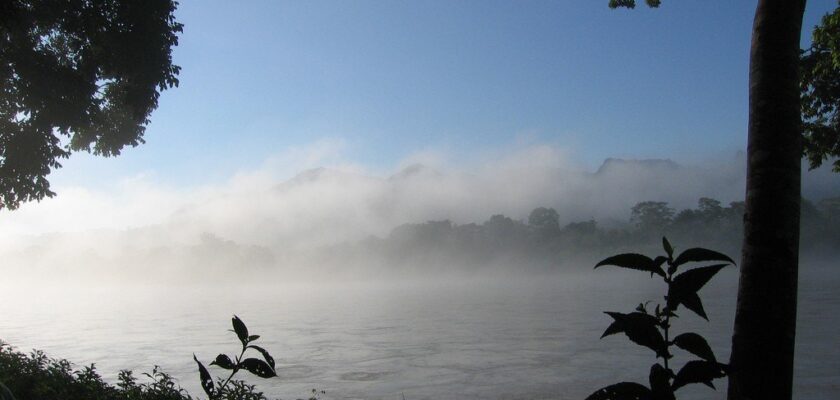Madidi National Park
Madidi National Park is located in the upper Amazon basin of Bolivia. It was founded in 1995, has an area of 18,958 square kilometers and, together with the nearby reserves, forms one of the largest protected areas in the world. Madidi and neighboring parks are considered one of the most biologically diverse regions of the planet and cover many climatic zones: from the rainforests of the Tuichi River to the glacier-covered Andean mountain peaks. In particular, Madidi Park protects part of the Bolivian Yungas and dry mountain forest ecoregion.
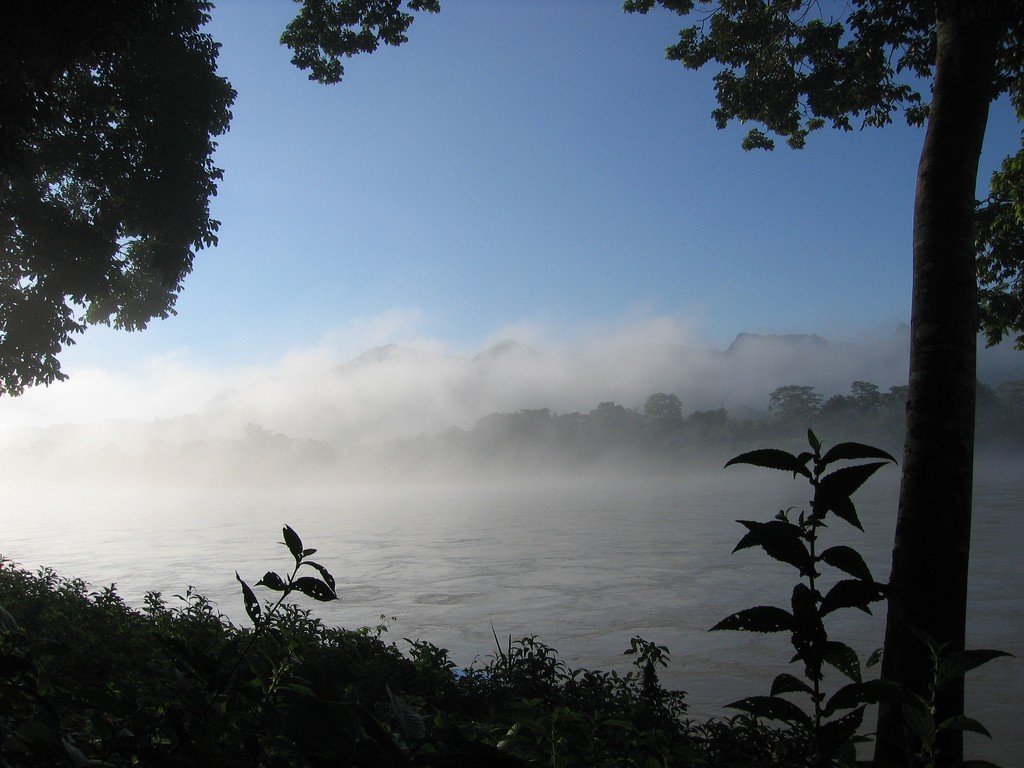
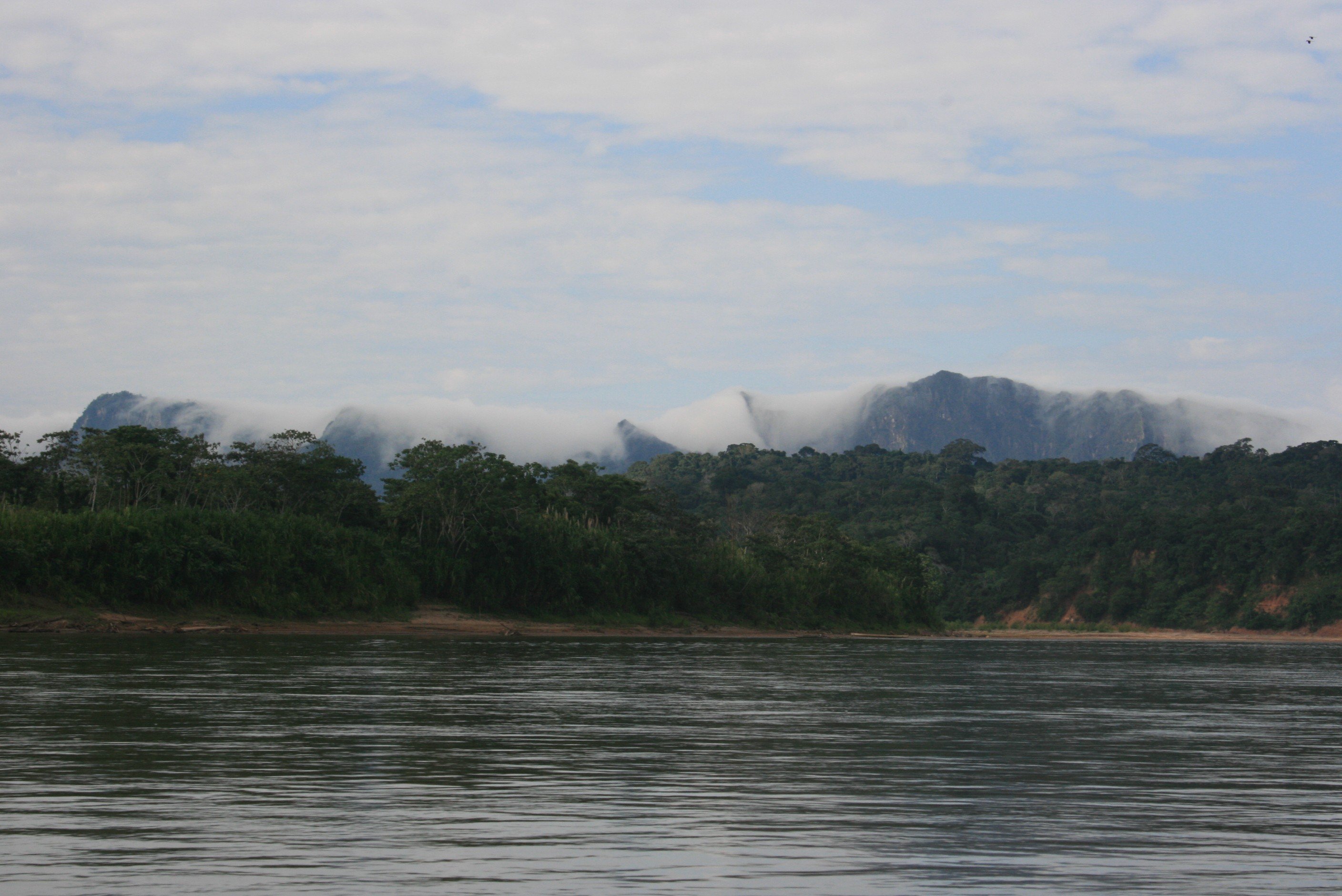
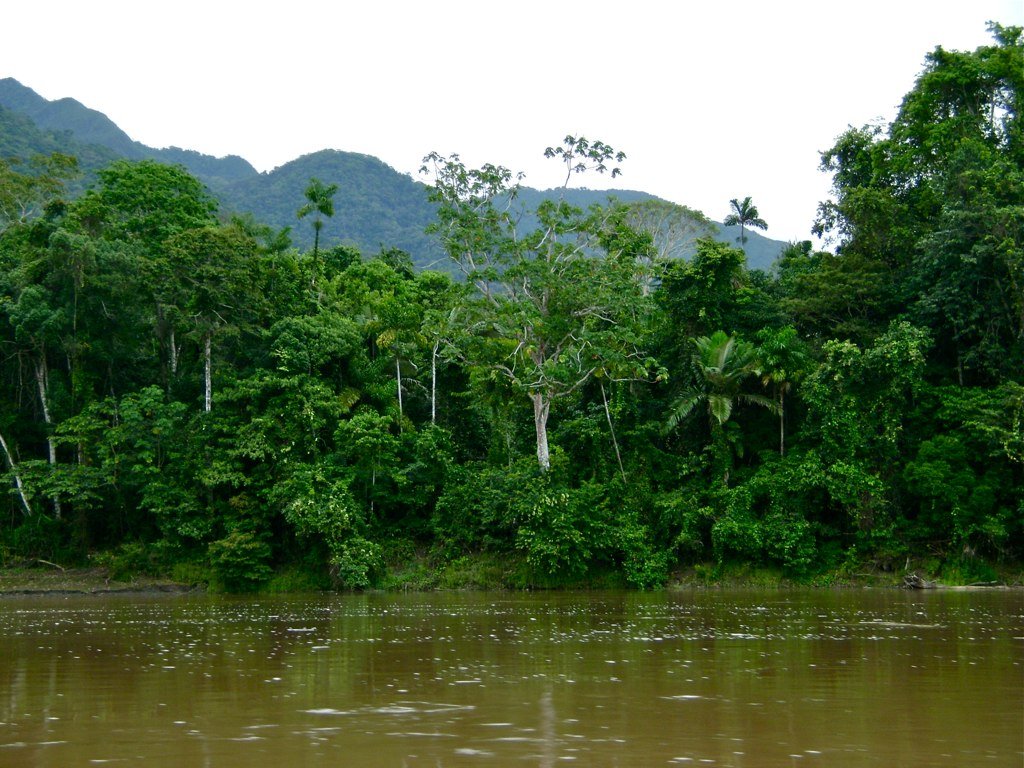
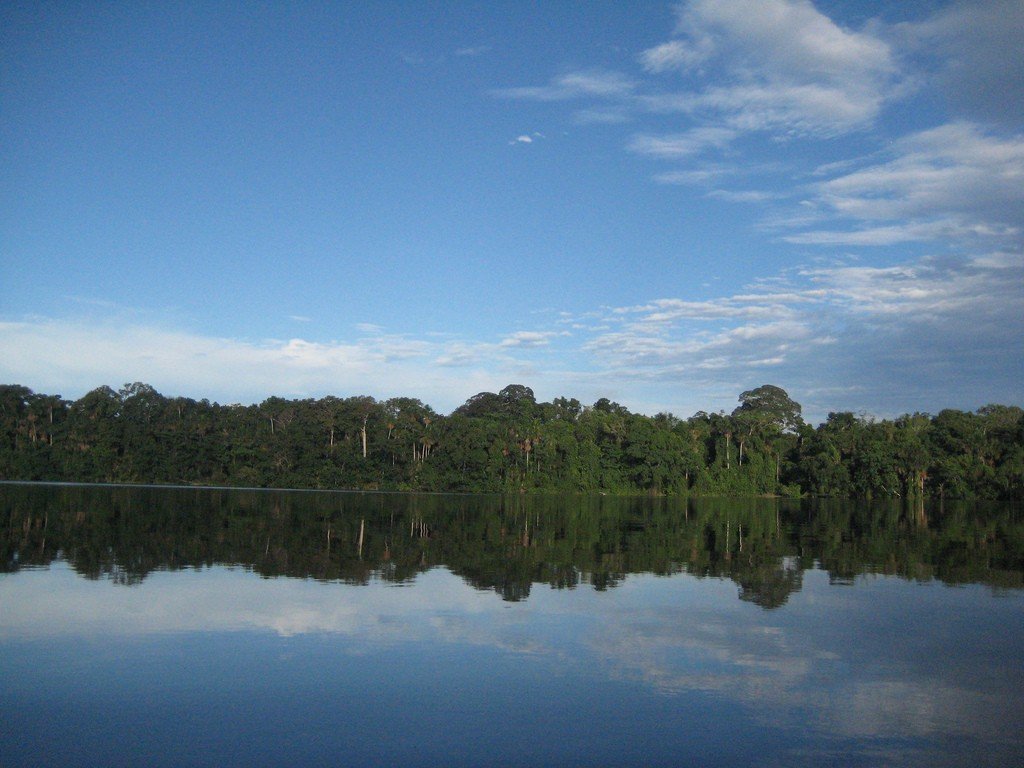
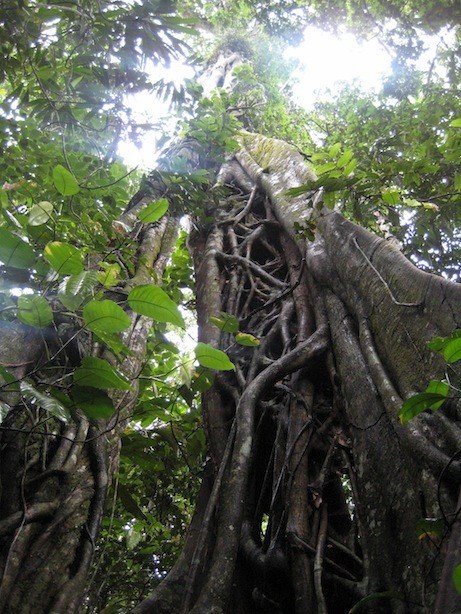
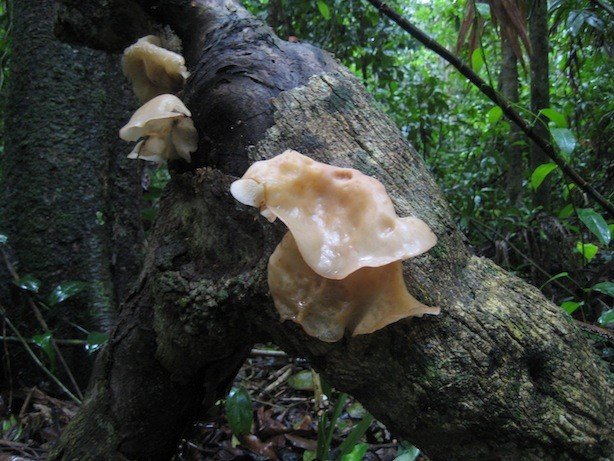
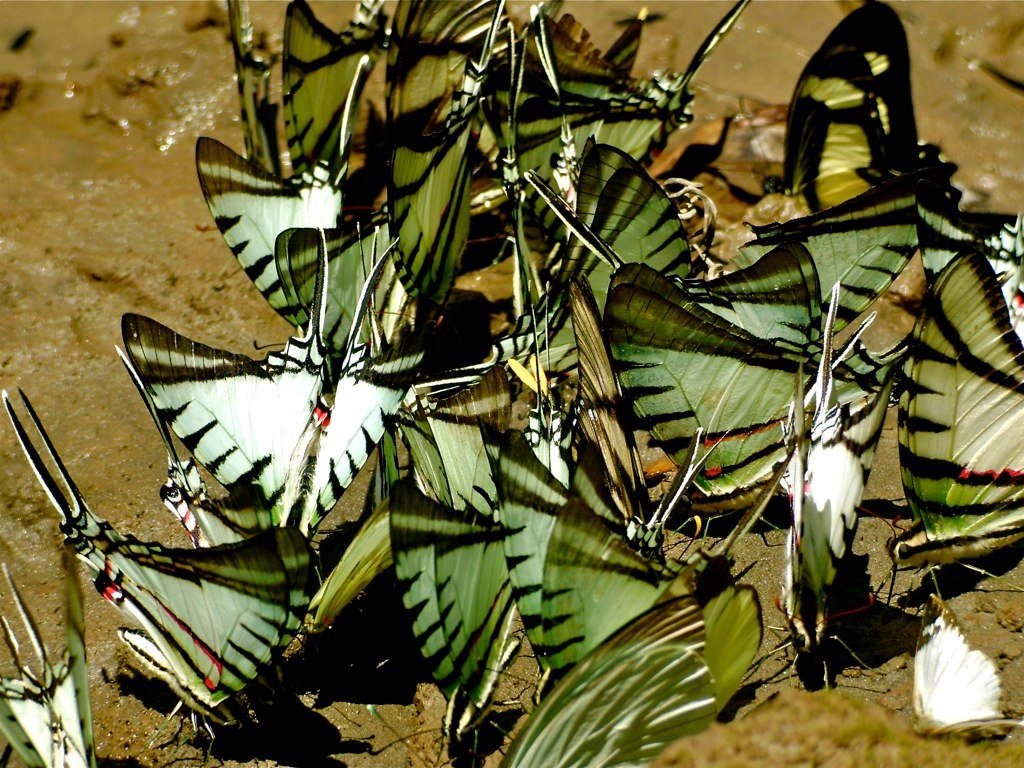
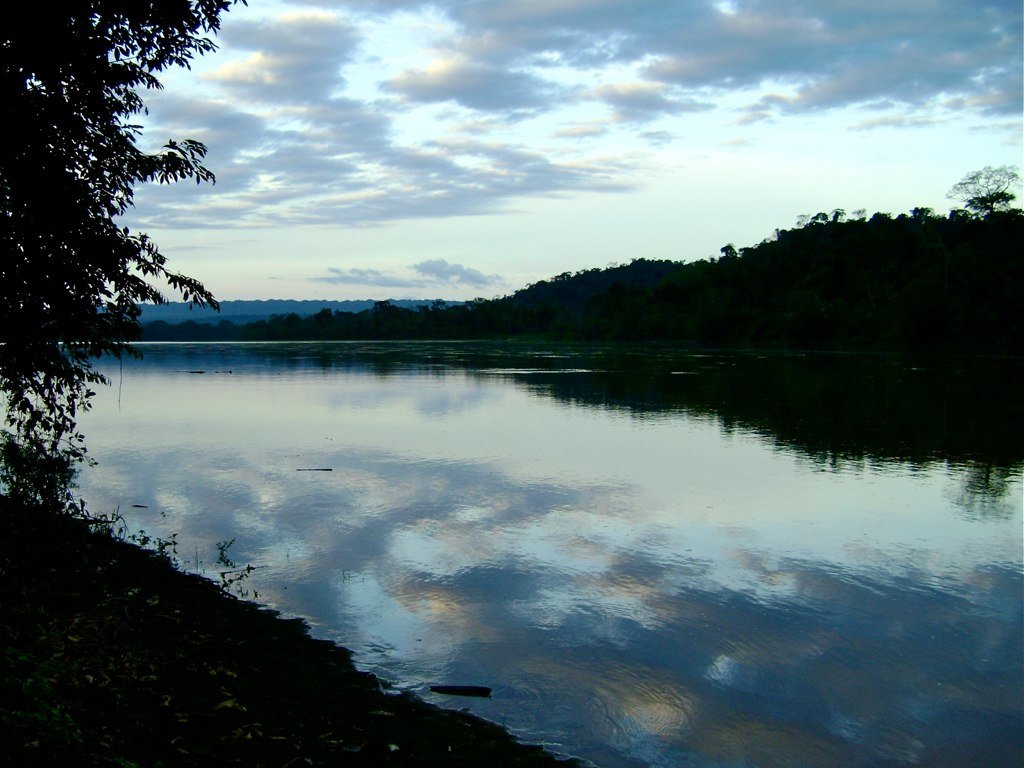
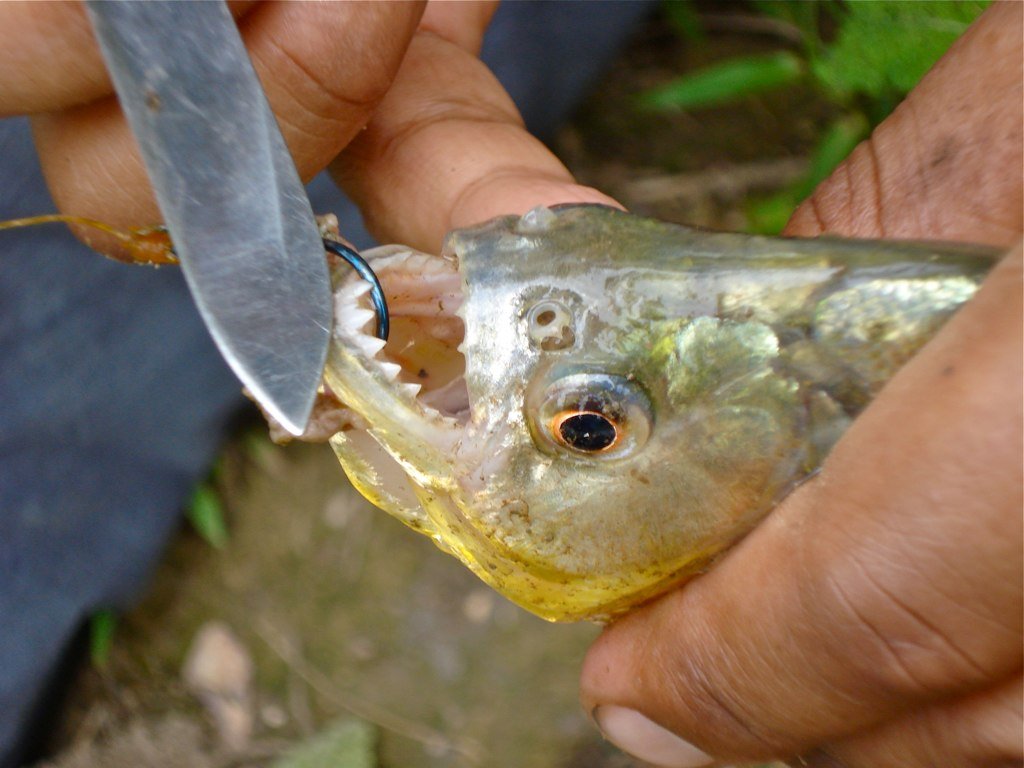
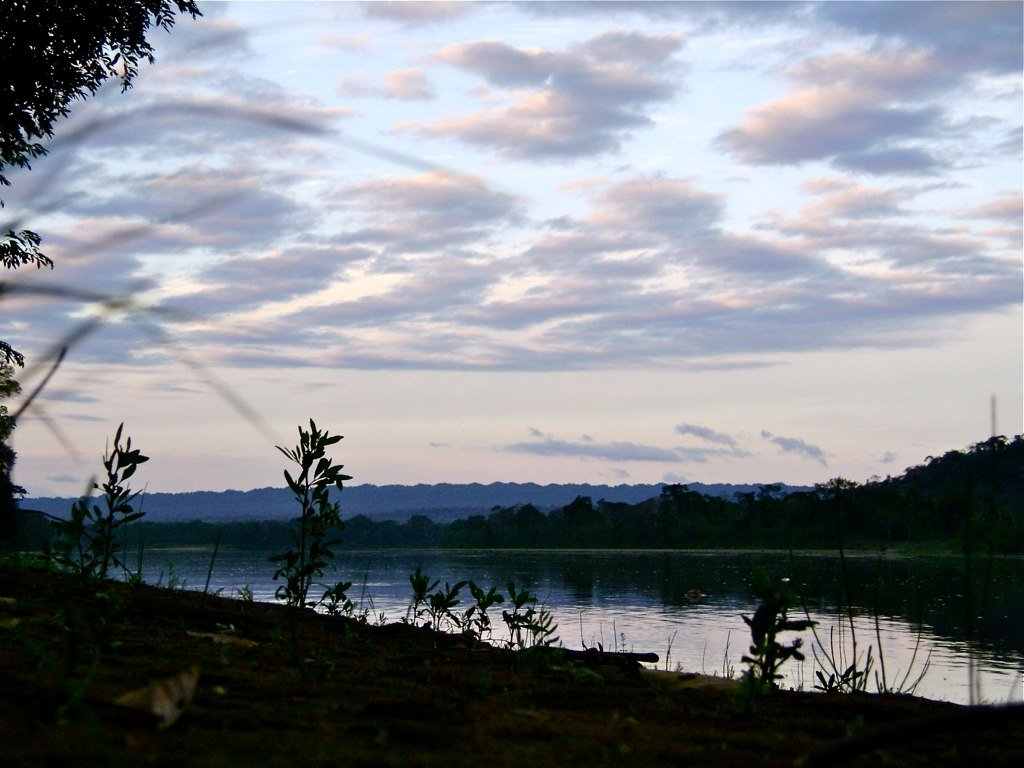
General Information
People don’t just come here to admire nature. Here you can most often meet fans of extreme tropical tourism, because Madidi Park is one of the most dangerous regions in the world. The peculiarity of the park is that literally everything in it is dangerous – even from contact with plants and small insects on the skin rashes. In 1999, photographer Joel Sartor spent a month in the park and witnessed horrifying phenomena common to this place. For example, the larvae of flies and gadflies live under the skin of people and animals, and leave the body as full-grown adults. Parasitize in humans not only larvae – worms can easily penetrate the stomach and begin to devour it from the inside. And should you hesitate, as wild animals will tear you apart.
.Despite all these horrors, there is a native population here. Local women and men have learned to live in harmony with this place, and this is an example of how man can adapt to literally everything. The body of these people have developed immunity to almost all contagious diseases that are here, but a simple tourist can get infected, even just by breathing the air of the park.
.Climate
The park’s climate is very diverse, ranging from sub-zero temperatures in the Andes to the warm tropics in the northern lowlands. The average temperature is 25 °C and varies between 33 °C in October-January and 10-20 °C in March-June. The average annual rainfall is about 1800 mm, with some areas (e.g. Alto Madidi) experiencing over 5000 mm per year. The dry season coincides with the southern winter.
.Flora and fauna
Madidi National Park is highly biodiverse, which led to it being named one of the most biodiverse areas on the planet by National Geographic magazine in 2000, as well as one of 20 world-class tourist attractions.
.The large variety of plants growing in the area is aided by the diversity of habitats. Currently, 4,838 plant species have been recorded in the park, but various estimates put the total number of species at over 5,000.
>The area of the reserve stretches through forests, valleys, steppes and mountains, and the altitude difference varies from 5,600 meters to 180 meters above sea level. Podocarpus, Brunellia, Weinmannia and others predominate in the misty mountain forests, where the trees are completely covered with mosses and lichens. Formations of herbaceous vegetation mixed with trees are also present, presenting a complex mosaic of islets. The main species found here are Schizachyrium, Voschisiaceae, Trachypogon spicatus and Dilodendron bipinnatum.
.The fauna of the park, due to the wide variety of habitats, is also rich in different species. Currently, 1,370 vertebrate species have been recorded, but it is expected that future surveys will discover an additional 600 species.
.
- Mammals. The 156 mammal species include: spectacled bear, Andean cat, puma, jaguar, ocelot, Peruvian deer, white-bearded peccary, marsh deer,Brazilian otter, and a large variety of monkeys: black coati (Spanish), red howler monkeys, brown black-headed capuchins, and others. In addition, endemic species were identified: field hamster Daya (English) and a new species of primates of the genus Callicebus aureipalatii. .
- Birds. There are currently 914 species recorded, but the park is believed to be home to over 1,150 different species, representing 83% of all bird species in the country. The following species can be found in the park: green-winged ara, gray-breasted titmouse, crested eagle, Andean rock-cockerel, harpies, and several species of endangered birds (red-eared grackle) endemic to the region. .
- Amphibians. 84 species have been recorded of which 30 are endemic and a further 88 are likely to be discovered at a later date. Madidi is home to more than 85% of the country’s amphibians.
- Reptiles. There are 71 species recorded and another 109 undiscovered, giving a total of 180 species or 70% of the country’s reptile species. Many large species such as: boa constrictors, anacondas, snakes, lizards and large turtles are endangered due to poaching. The fishes number 192 recorded species and another 104 probable species, totaling 51% of the country’s ichthyofauna.
Tourists
The most convenient way to enter the park is from the town of Rurrenabaque on the Beni River, which must be reached from La Paz by jeep on a not very good road, or book a small plane. And in the park itself, you can choose either a jungle trip or a trip to the pampas. Both are multi-day hikes.
.The rainforest is located on the south and west side of the city and takes over a section of Madidi National Park. The jungle is usually accessed by motorboats, overnight stays in eco-villages and lots of hiking: looking for monkeys, tapirs and jaguars, trying to catch piranha for dinner and going on evening photo hunts when alligators and bats wake up. Recommended tour companies are Mashaquipe and Dolphin’s Tours.
.Tours to the Pampas Plains start with a long jeep ride, so it’s hard to feel like a “child of nature”, and the impressions from this excursion are much less than from the jungle. But here you can see a giant anteater live. However, remember that you need to take all precautions to stay alive.
.Address
Bolivia, northwestern Bolivia, department of La Paz, at the foot of the Andes.
.